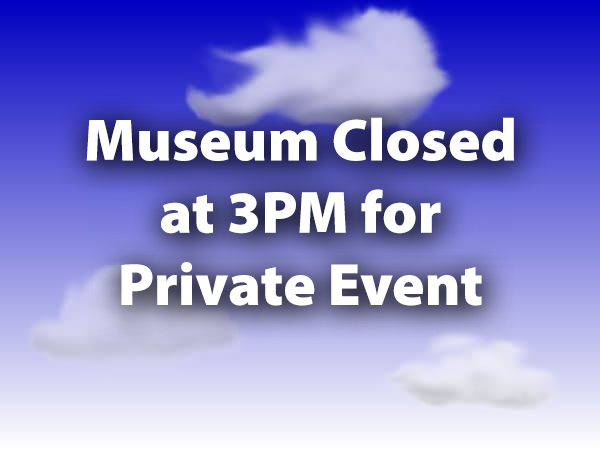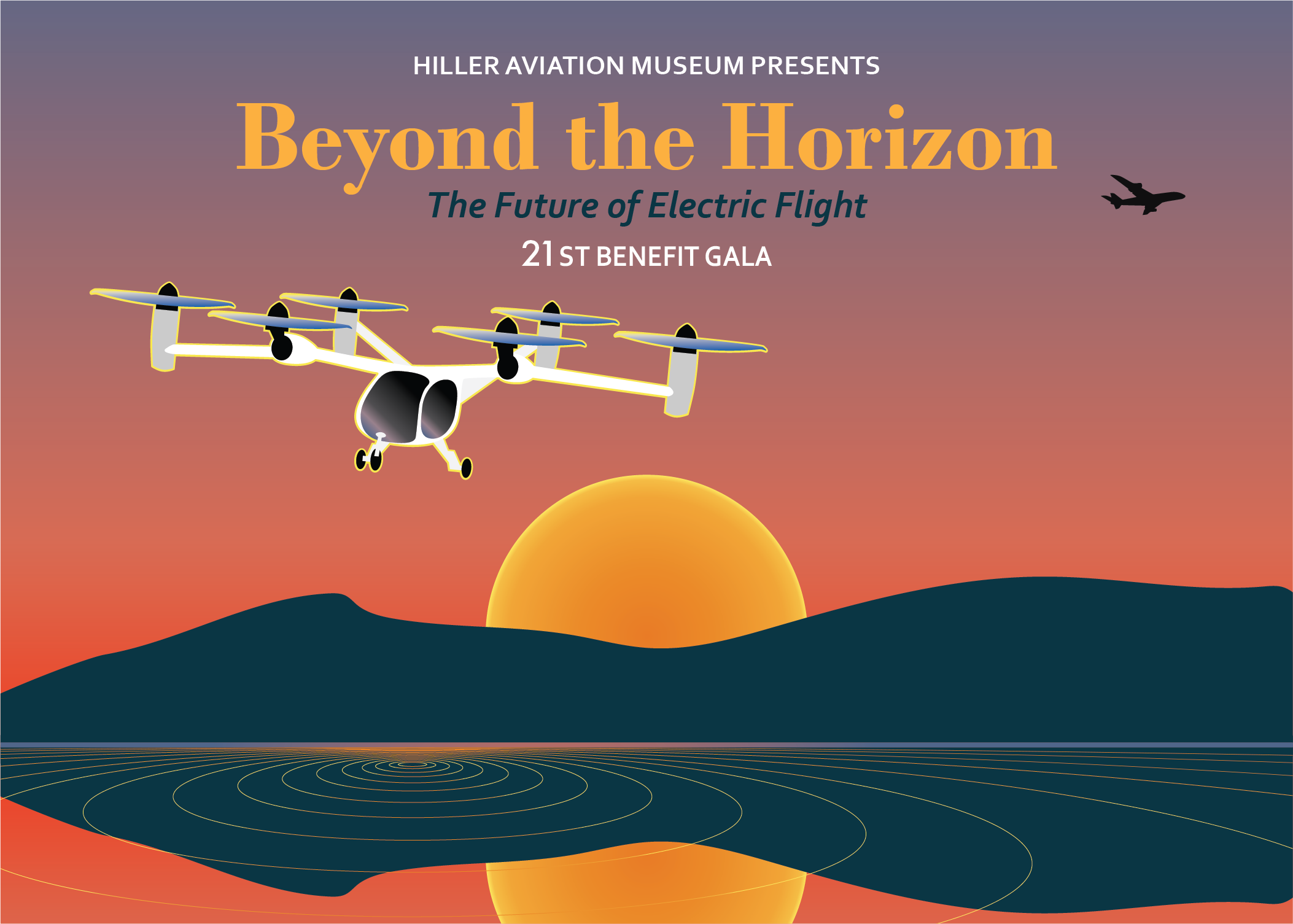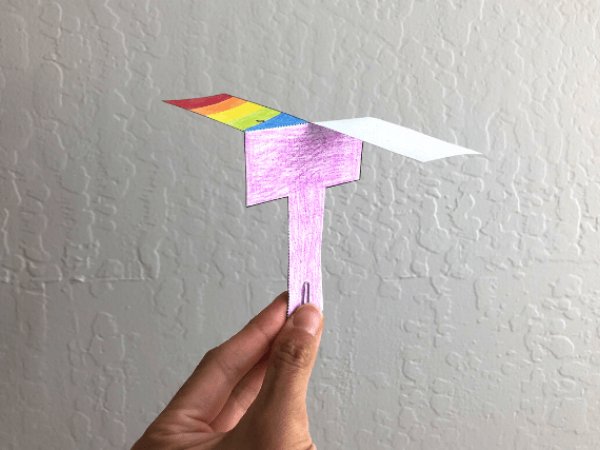Thunderbird
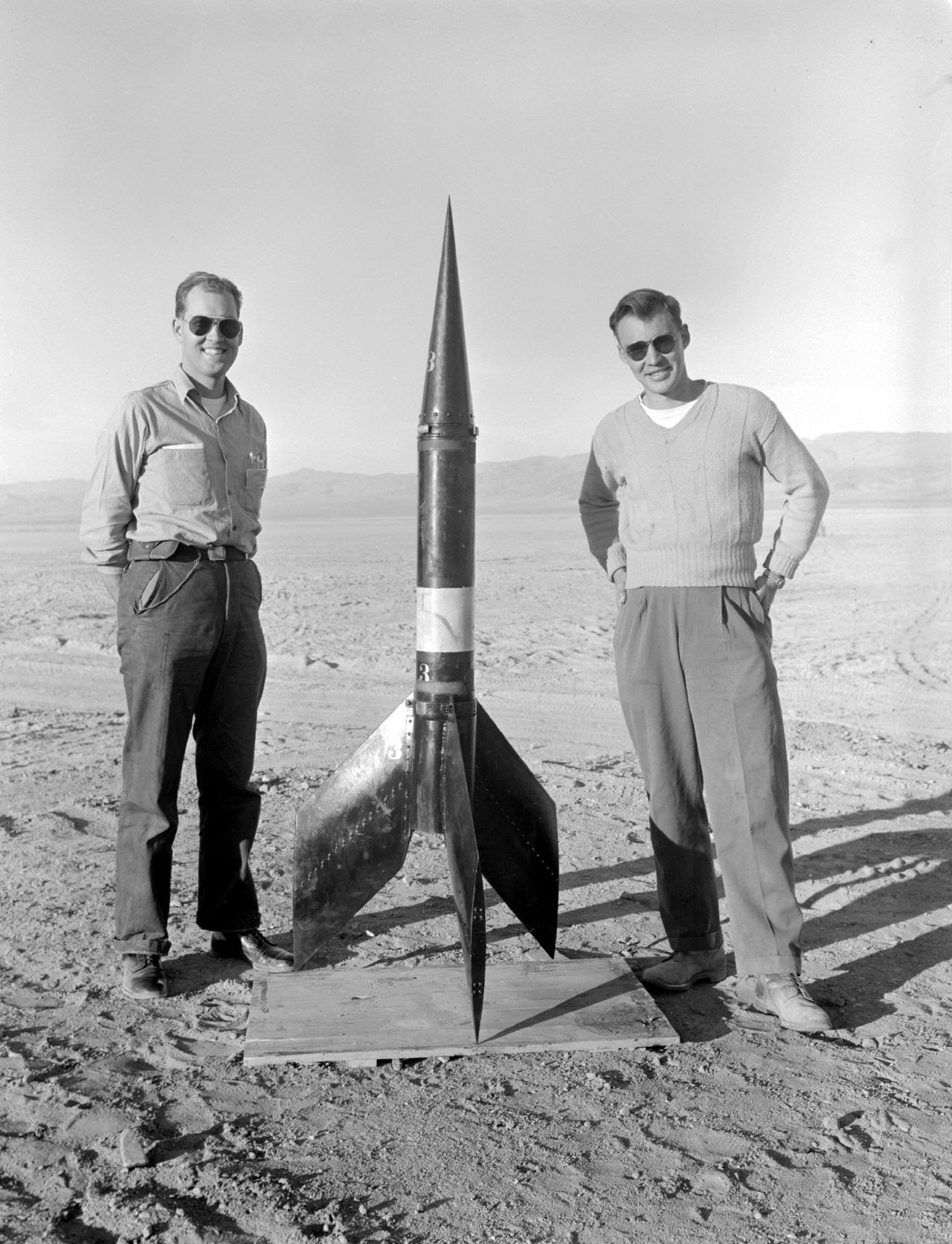
Scientists at the California Institute of Technology experimented with solid fuel rockets during and after World War II. After several incidents in which exploding rocket fuel damaged university buildings, the Jet Propulsion Laboratory was established by Caltech in a secluded canyon of nearby La Canada, to ensure that future explosive mayhem would be confined in an off-campus location. Despite the “jet” in its name, JPL never worked on jet engines – jet was simply considered a more respectable engineering term likely to receive grants and government funding. Rockets, in contrast, were still considered to be the subject of pulp science fiction magazines.
Much of JPL’s wartime research focused on rocket motors suitable for use in Jet Assisted Takeoff (JATO), a method of propelling an airplane to flying speed quickly by means of small rockets attached to the fuselage that burned for only a few seconds during takeoff. JATO provided a means of allowing airplanes to use very short runways, but as the rocket motors grew larger the longer burn durations proved problematic. As the fuel inside the rocket was consumed, the surface area of fuel inside the motor casing that burned increased. Motors with enough fuel to burn for more than a few seconds experienced dramatic increases in heat and pressure as the rate of burning increased, which often resulted in an explosion before the fuel burned out.
Charles Bartley and a small team at JPL designed the Thunderbird in part to provide a testbed for new designs of solid rocket motor. Among other innovations, the empty space in the middle of the rocket fuel was cast to have a star-shaped cross section, instead of a simple circle. As the fuel burned back along its inside boundary the arms of the star gradually eroded, maintaining a similar area of burning fuel throughout the duration of powered flight – neatly solving the problem of bursting solid rockets.
Thunderbirds were launched repeatedly at China Lake in 1947, demonstrating the effectiveness of the new fuel design. Star-shaped voids became standard in solid rockets, which in the ensuing decades grew from the size of small fireworks able to burn only a few seconds to the enormous Solid Rocket Boosters flown on the US Space Shuttle and Space Launch System with burn durations of two minutes or more.
Even with the problem of exploding rockets solved, JPL remained in its secluded canyon. Today it continues to be managed by Caltech under contract with NASA, making it unique among all of the nation’s space centers. JPL leveraged its early experience with rocketry to develop unparalleled expertise in the design, construction and operation of unmanned spacecraft that have explored to the edge of our solar system.
Today’s Schedule 10-5
The Hiller Aviation Museum is open daily from 10 AM to 5 PM. The museum is closed for Easter Sunday, Thanksgiving Day, and Christmas Day.
Upcoming Events
Museum Closes Early 3PM – Private Event
Museum Closes at 3PM for Private Event
Gala 2025 – Beyond the Horizon
21st Annual Benefit Gala Beyond the Horizon. The Future of Electric Flight
